China’s Most Hated Statues Get Slapped Hundreds of Times a Day
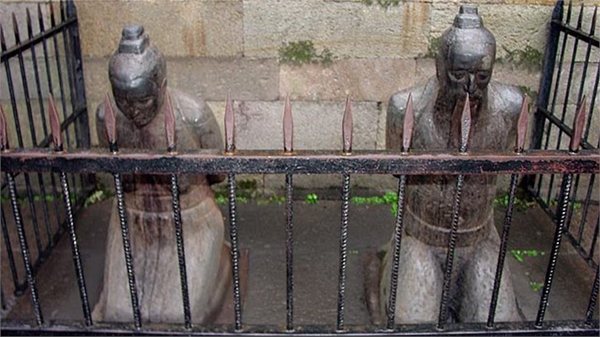
For over five centuries, the statues of Qin Hui, a former chancellor of the Song Dynasty, and his wife have been slapped, kicked, and spit on by millions of people. In the heart of Hangzhou, forever facing the impressive mausoleum of a brave general they once framed and got executed, are the statues of Qin […]
Rope-Free Bungee Jumping from the World’s Highest Bridge Sparks Online Controversy
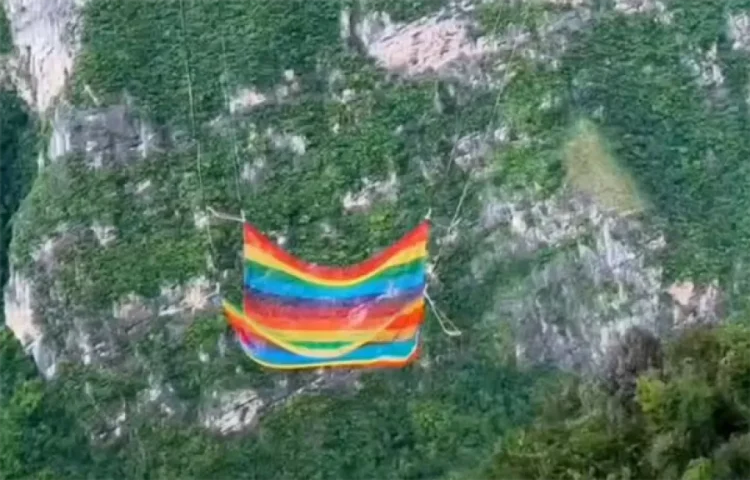
A ropeless bungee jumping attraction from the world’s highest road bridge has been suspended before its inauguration after videos of safety tests sparked fear on social media. After making news headlines as the world’s highest road bridge, the Huajiang Grand Canyon Bridge was again in the news recently, this time for a controversial attraction that […]
Underground Public Toilet Gets New Lease on Life as Boutique Hotel
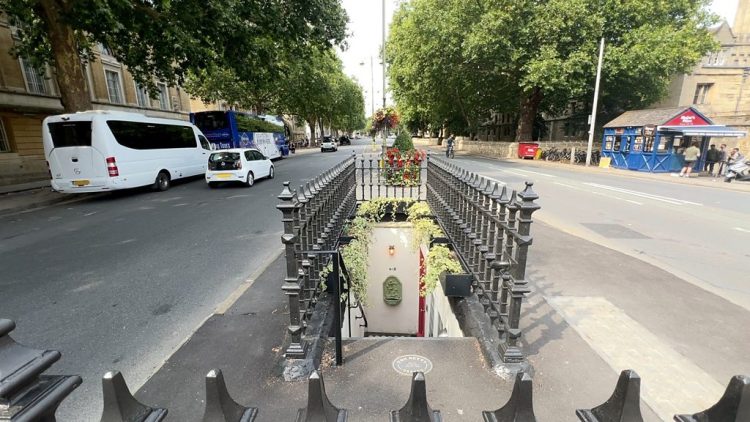
The Netty, a cozy boutique hotel located down a flight of stairs, in the middle of St. Giles Road, in Oxford, used to be a public toilet for over 100 years. Originally built in 1895, during the reign of England’s Queen Victoria, The Netty served as a gentlemen’s toilet until 2008, when it was closed for […]
World’s Most Inaccessible Library Is Carved into the Side of a Cliff
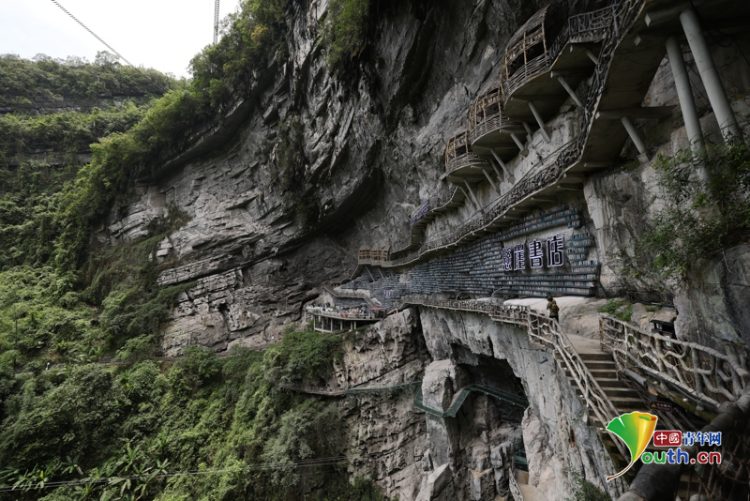
The Mianhua Library, located near the village of Mianhua, in China’s Guanxi Province, is a unique library housed in a large grotto, on the side of a rock cliff. Ever since it opened in May of this year, Mianhua Library has been going viral on Chinese social media. Libraries aren’t usually very popular online, but […]
Estonian Supermarket Has a Giant Rock in the Middle of It
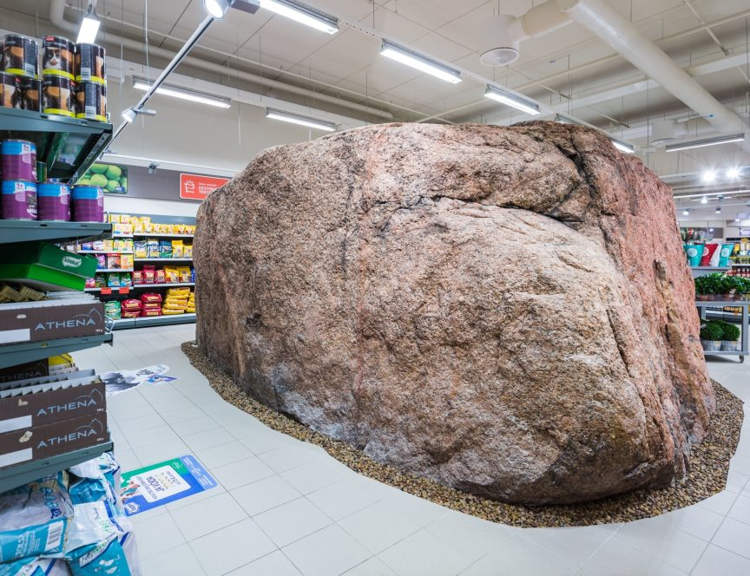
The Viimsi Shopping Center in the Estonian town of Haabneeme is famous for having a giant boulder square in the middle of it. There are many things one expects to find in a supermarket, but a giant rock is definitely not one of them. And yet, in one Estonian supermarket, a giant rock with a […]
Canada’s Incredible Shrinking Mill Optical Illusion
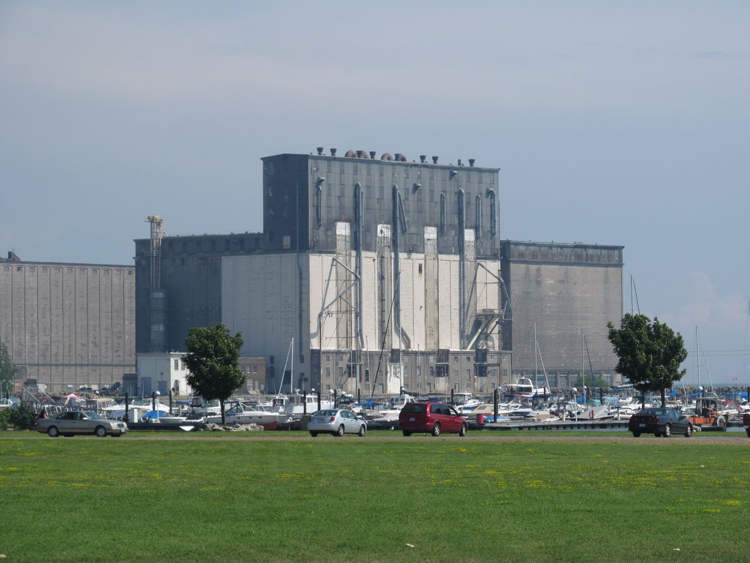
The Shrinking Mill of Port Colborne, in Ontario, Canada, is an intriguing optical illusion that makes a giant grain elevator shrink the closer you get to it. Usually, things tend to appear smaller in the distance and grow in size the closer you get to them, but that rule does not apply to the grain […]
Pink Refrigerator in the Middle of the Namibian Desert Is a Modern Oasis
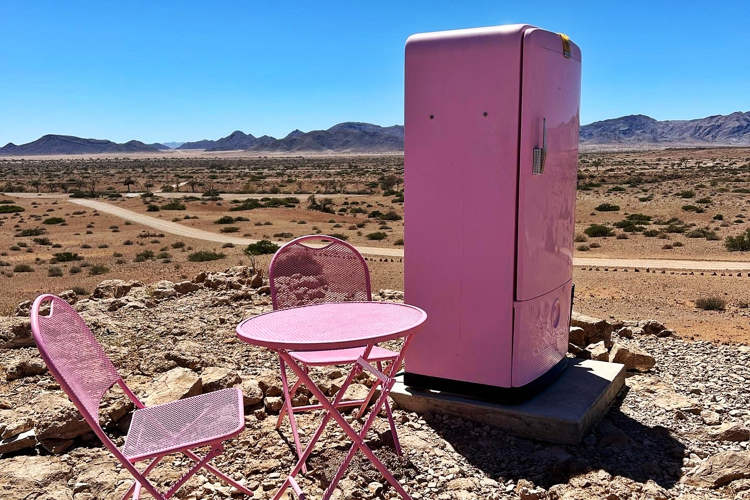
The Namib Desert in Namibia is said to be the oldest and driest desert on Earth, so the last thing you would expect to find right in the middle of it is a working pink refrigerator. Imagine walking through an African desert, nothing but rocks and barren mountains as far as the eye can see, […]
World’s Smallest International Bridge Is Only 19 Feet Long
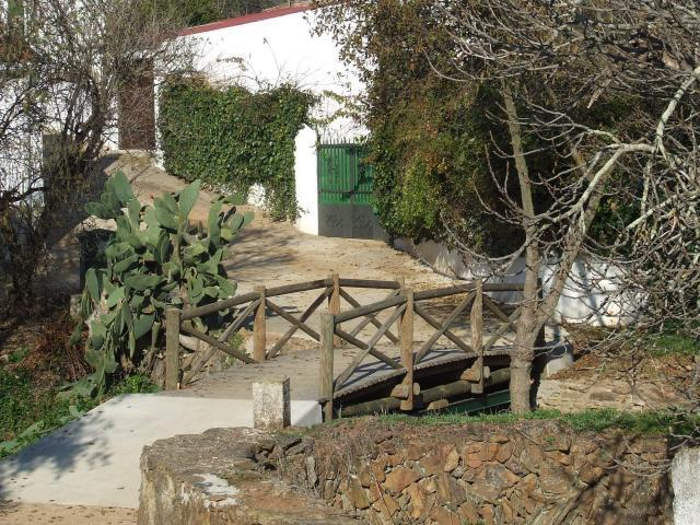
El Marco, a small rustic bridge connecting the Spanish village of El Marco to the Portuguese village of Varzea Grande, is the world’s smallest international bridge. Crossing the 19ft (6 meters) long and 4.7ft (1.45 meters) wide El Marco wooden bridge, you’d think you were just crossing a small stream in a rural area of […]
World’s Smallest Park Measures Only 0.24 Square Meters
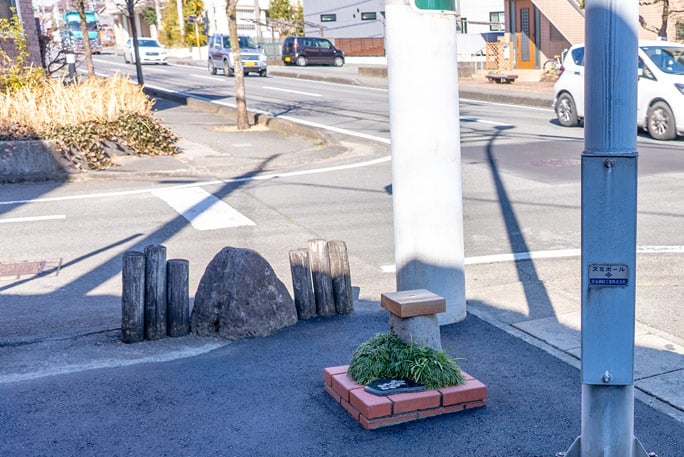
A tiny park roughly the size of a newspaper in the Japanese town of Nagaizumi currently holds the Guinness Record for ‘world’s smallest park’. A decade ago, we wrote about Mill Ends Park, the former world’s smallest park. At just two meters in diameter, it only had room for one tree and a few tiny […]
At This Rain-Themed Cafe It Pours Every 15 Minutes

Rain Report Cafe in Seoul is a unique cafe where it rains perpetually every 15 minutes and patrons are offered umbrellas, rubber boots, and raincoats. If you find nothing more relaxing than a cup of hot coffee on a rainy day, you’ll probably love the concept of Rain Report Cafe, a South Korean cafe where […]
Lost Lake – Oregon’s Disappearing Body of Water
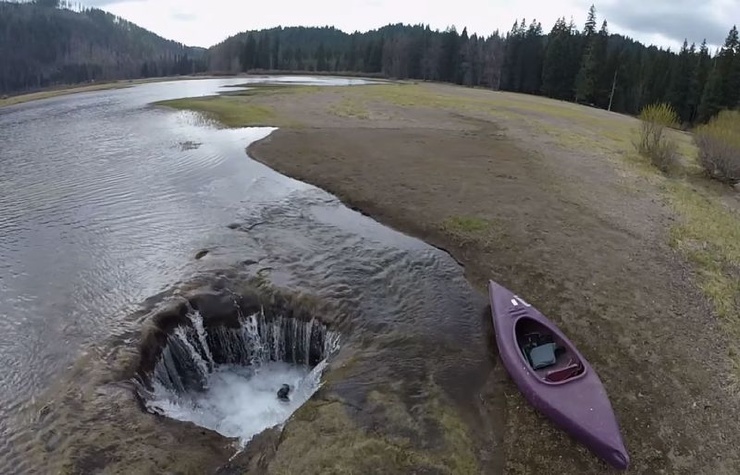
Every summer, Oregon’s Lost Lake disappears down a couple of volcanic tunnels only to return in the fall, as a number of streams start flowing into what looks like a peaceful meadow. Driving past Lost Lake in the late fall or in the winter, you may not pay much attention to the seemingly plain body […]
Shiziguan Floating Road Bridge – A Terrifying Wonder of Engineering
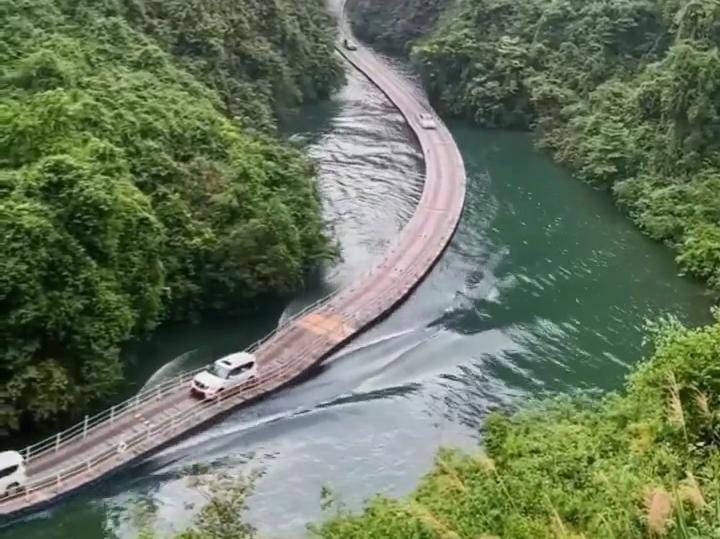
The Shiziguan Floating Bridge, also known as the Bridge of Dreams, is an innovative 400-meter bridge that allows cars up to 2.8 tonnes to drive across the surface of the Qingjiang River in China. Nestled between the forest-covered mountains of Enshi Prefecture, in Hubei Province, the Shiziguan scenic spot is one of China’s most breathtaking […]
The Toothache Tree, a Unique Coin-Covered Shrine in Kathmandu
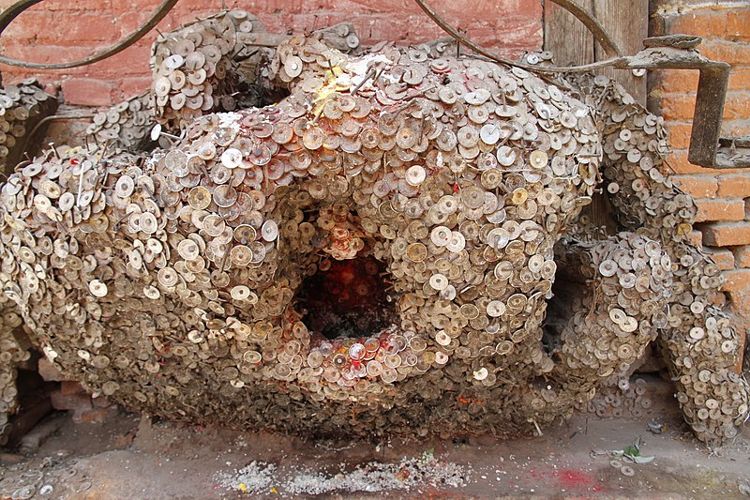
The Nepalese capital city of Kathmandu is home to a peculiar shrine to goddess Vaisha Dev, the patron saint of toothache, where people suffering from dental problems nail rupee coins on an old tree trunk as offerings. Located on a narrow street in Kathmandu, between Thamel and Kathmandu Durbar Square, the Toothache Tree is undoubtedly […]
Gaoqi Ling – China’s ‘Knife Edge Mountain’
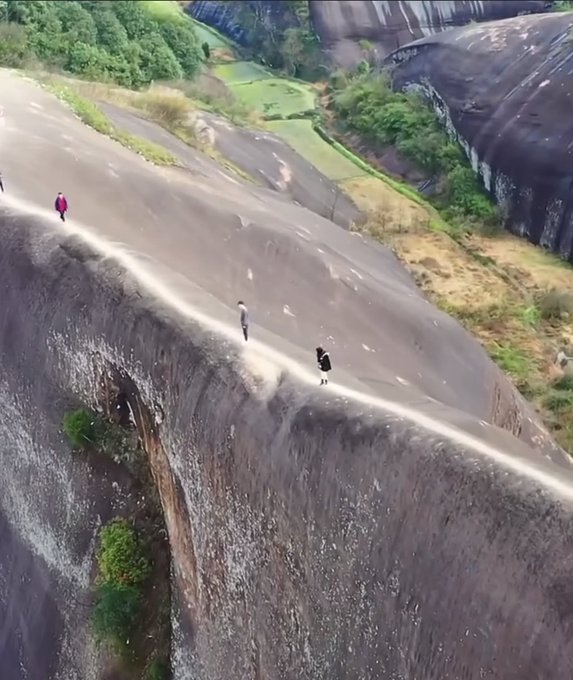
Gaoqi Ling is a natural wonder in China’s Hunan Province, a mountain of perfectly smooth rock with an extremely narrow ridge that people love to traverse despite the apparent danger. China’s Danxia Park is famous for its unique landforms, particularly the multicolored “Rainbow Mountain,” but it is home to other less-known but just as intriguing […]
Asia’s Most Spectacular Waterfall Is Apparently Artificially Enhanced
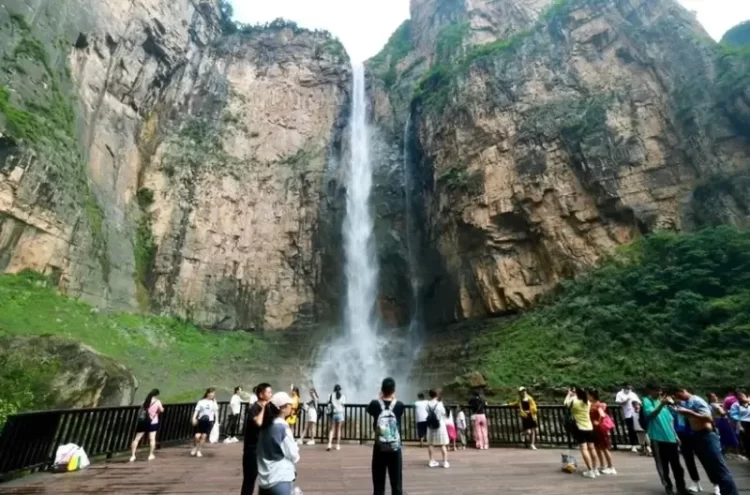
China’s Yuntai Waterfall is generally regarded as Asia’s most impressive waterfall and is often described as a natural wonder. However, it turns out that its spectacular water show is artificially enhanced. Yuntai Waterfall is the most popular scenic spot in the Yuntai Mountains, drawing millions of tourists annually. The tallest waterfall in Asia (a sheer […]
